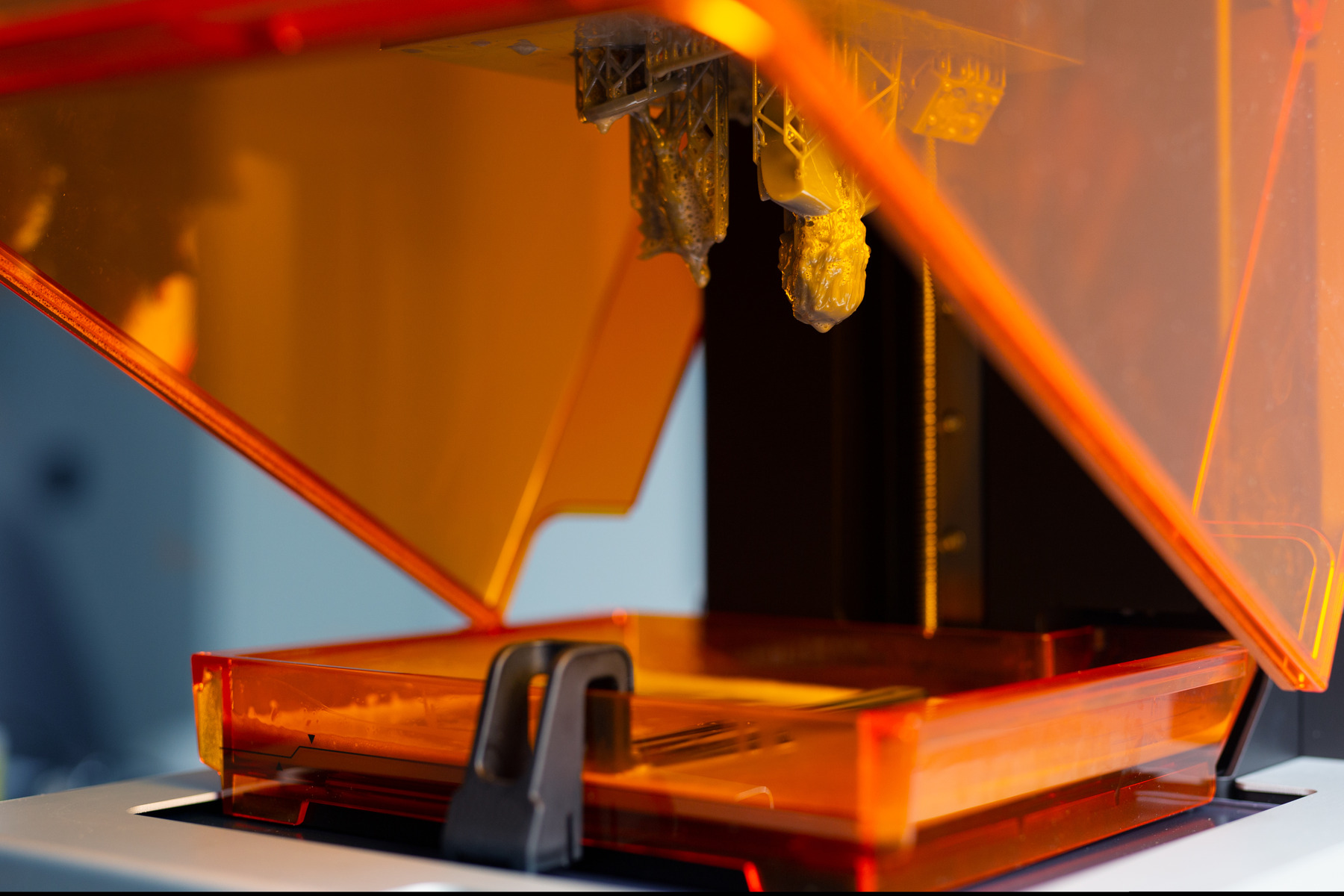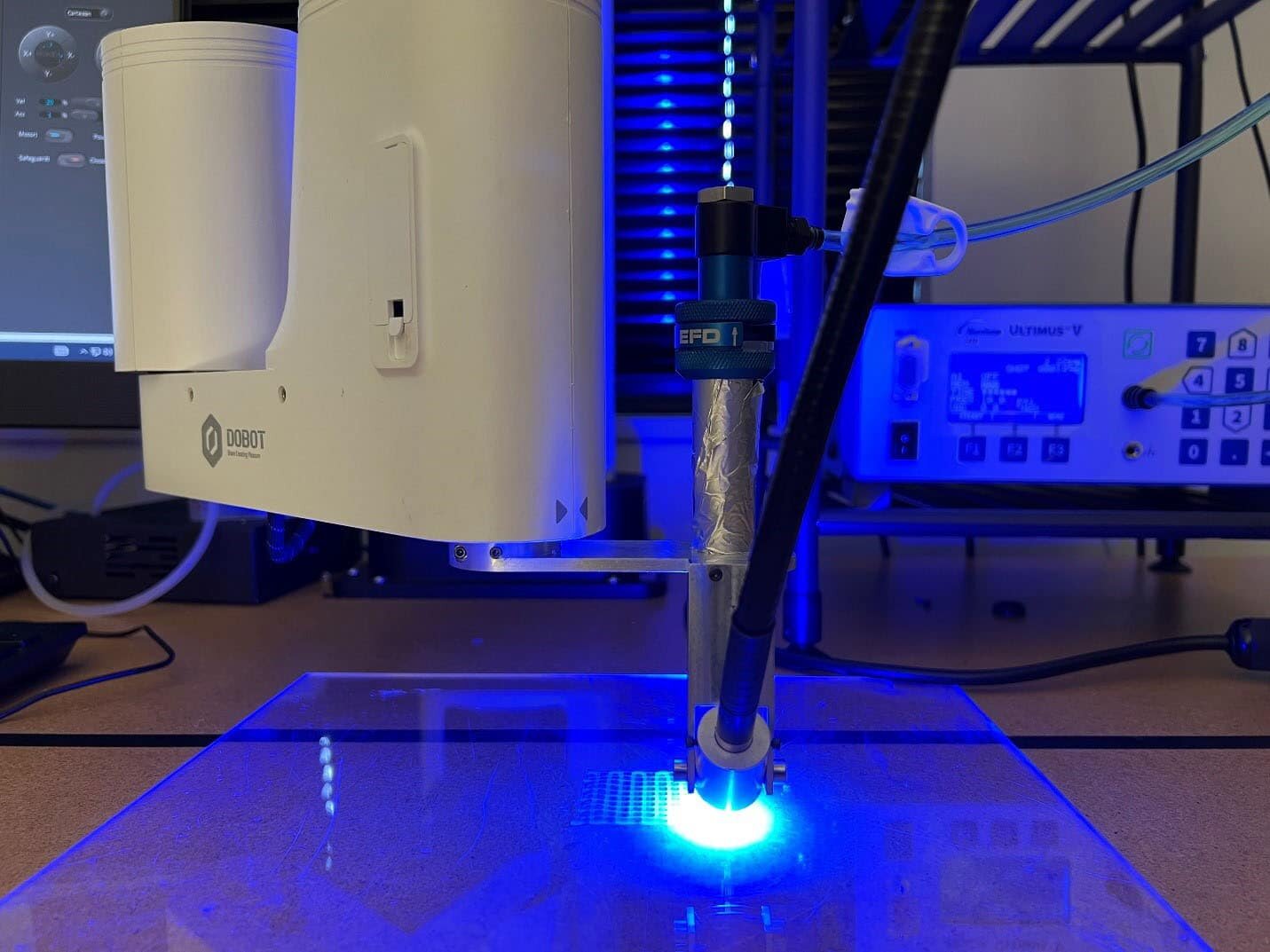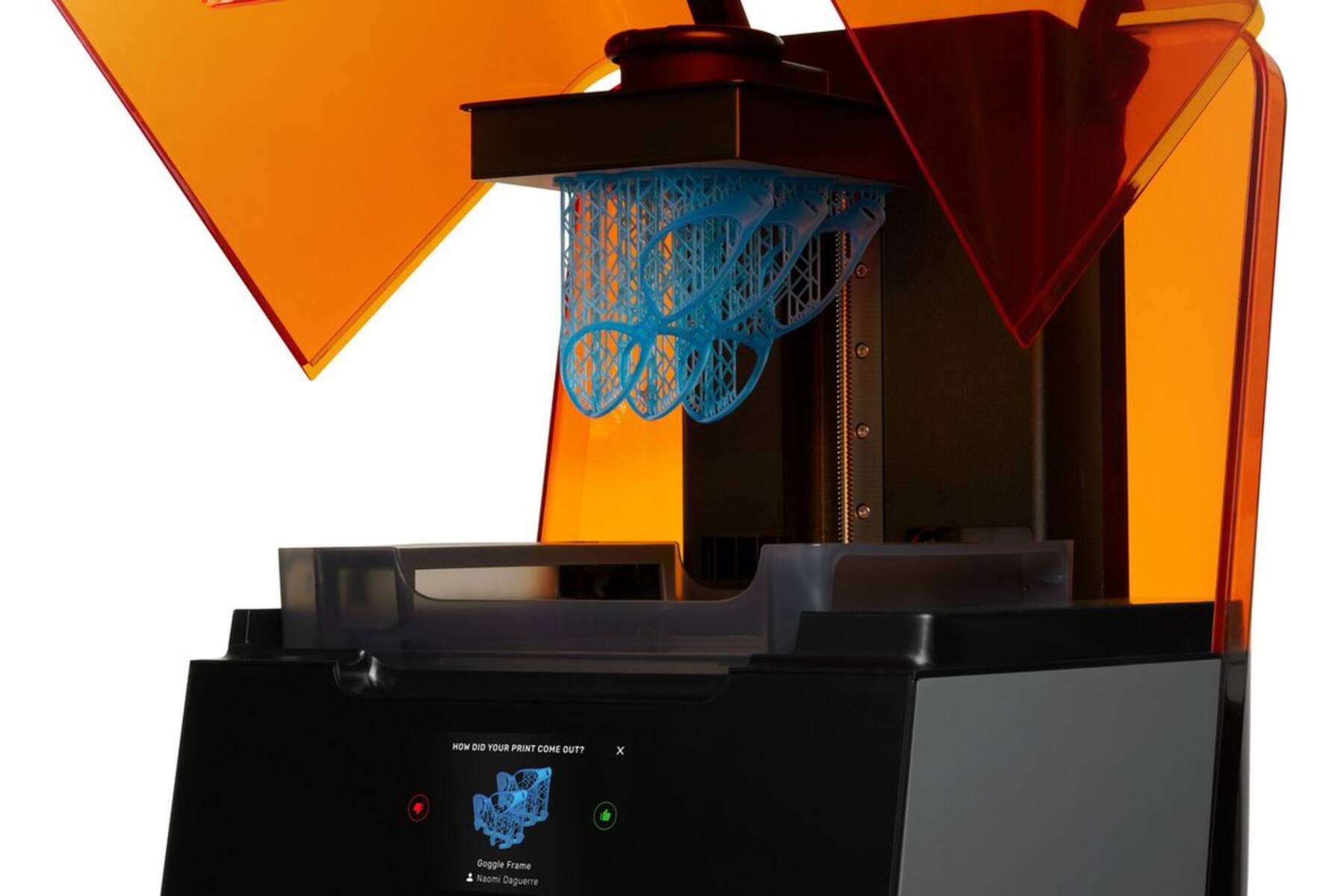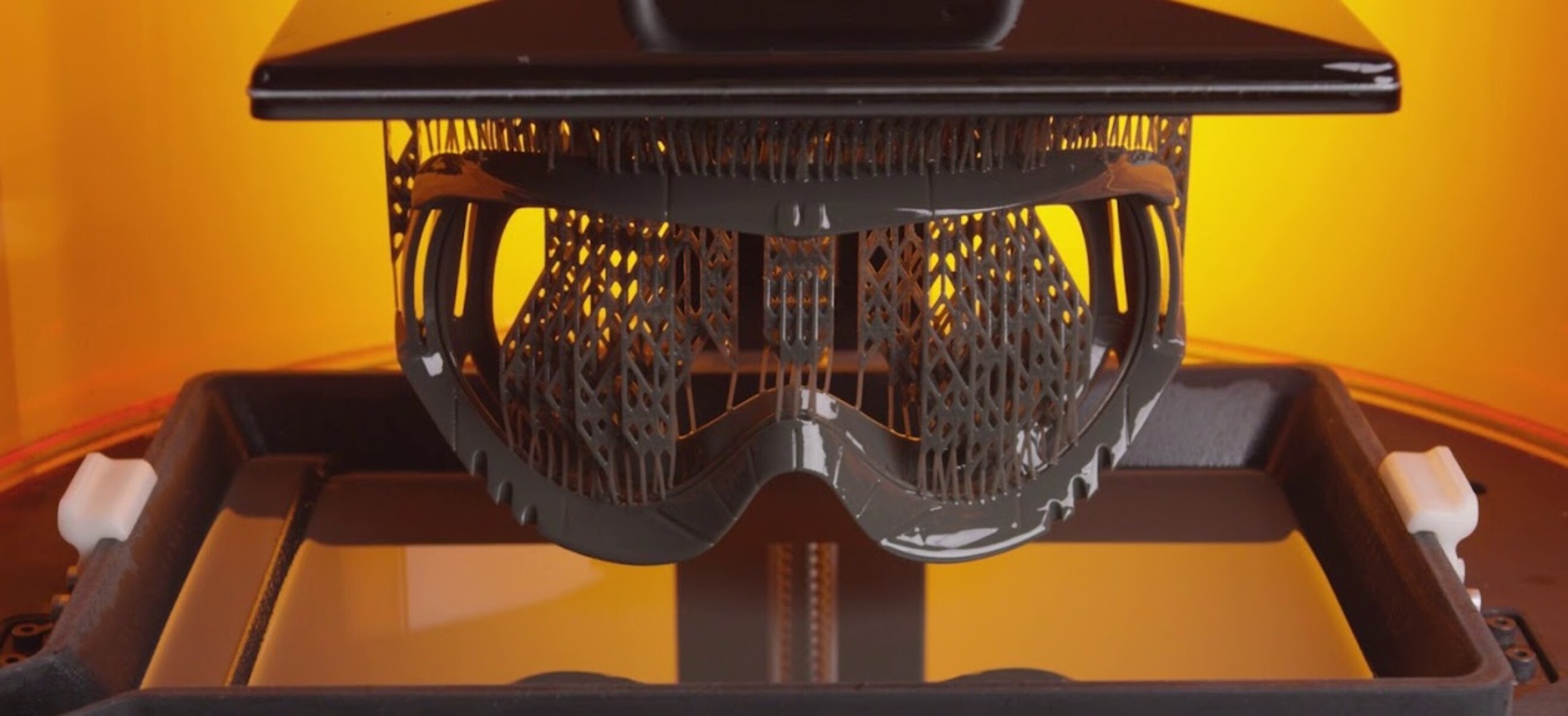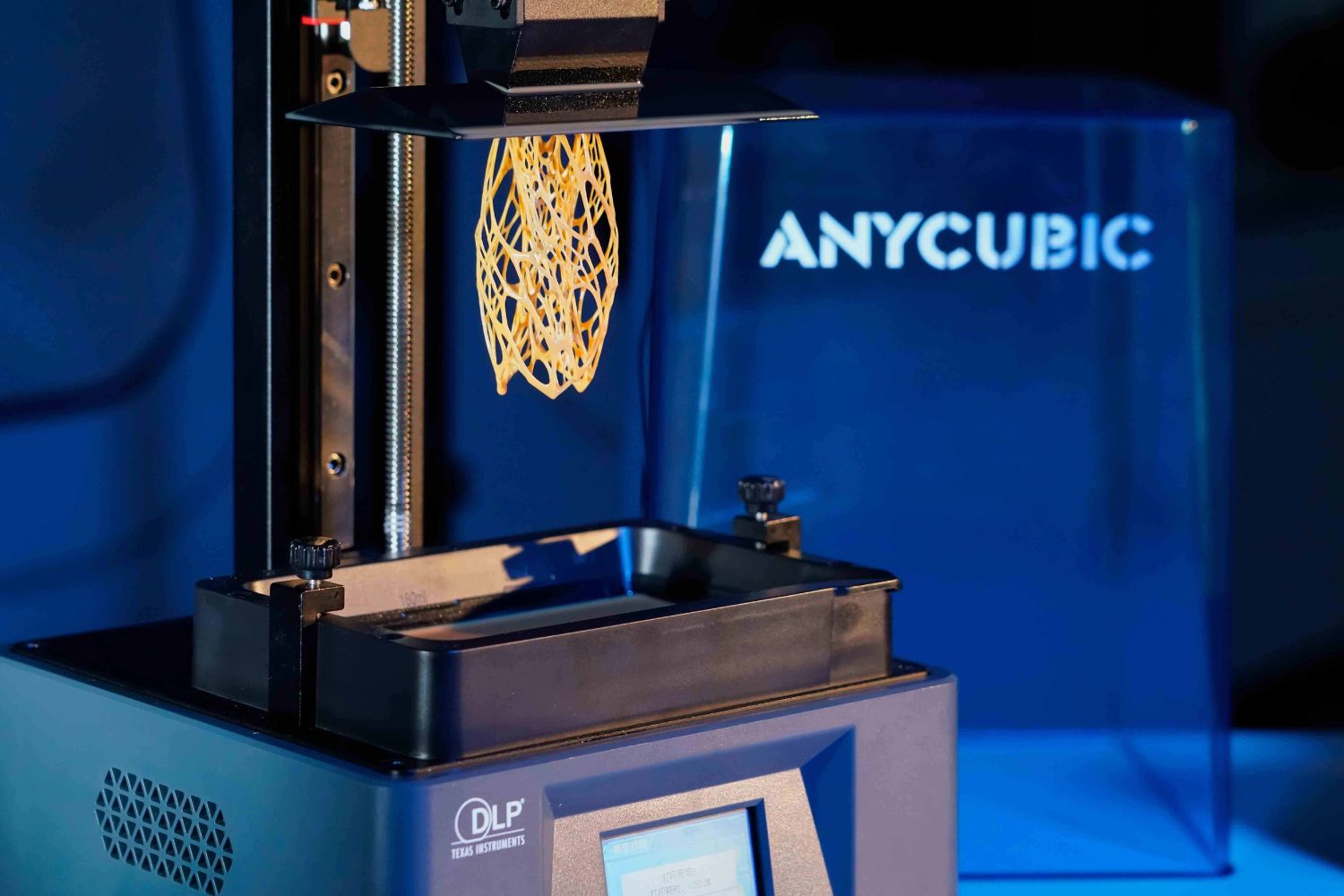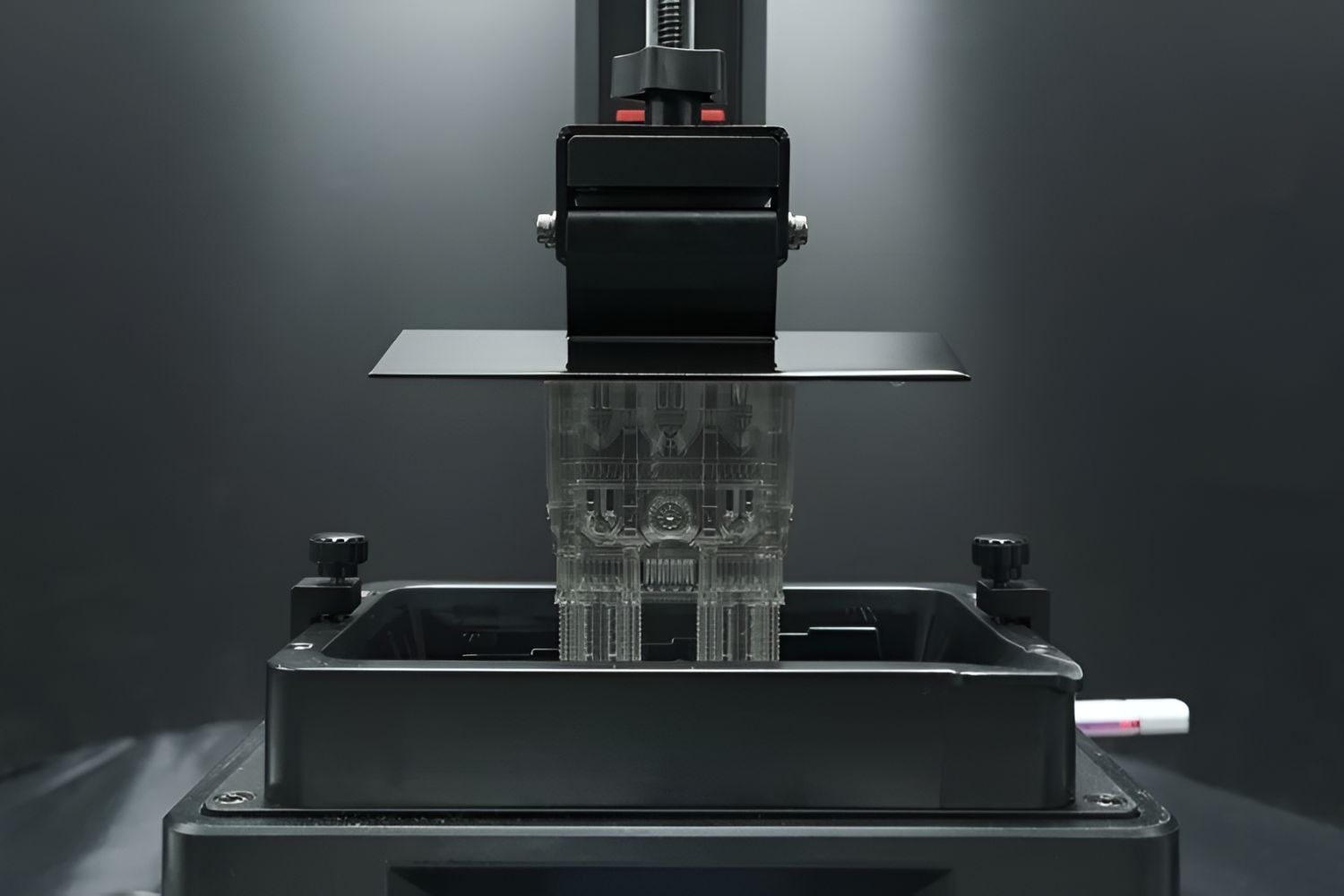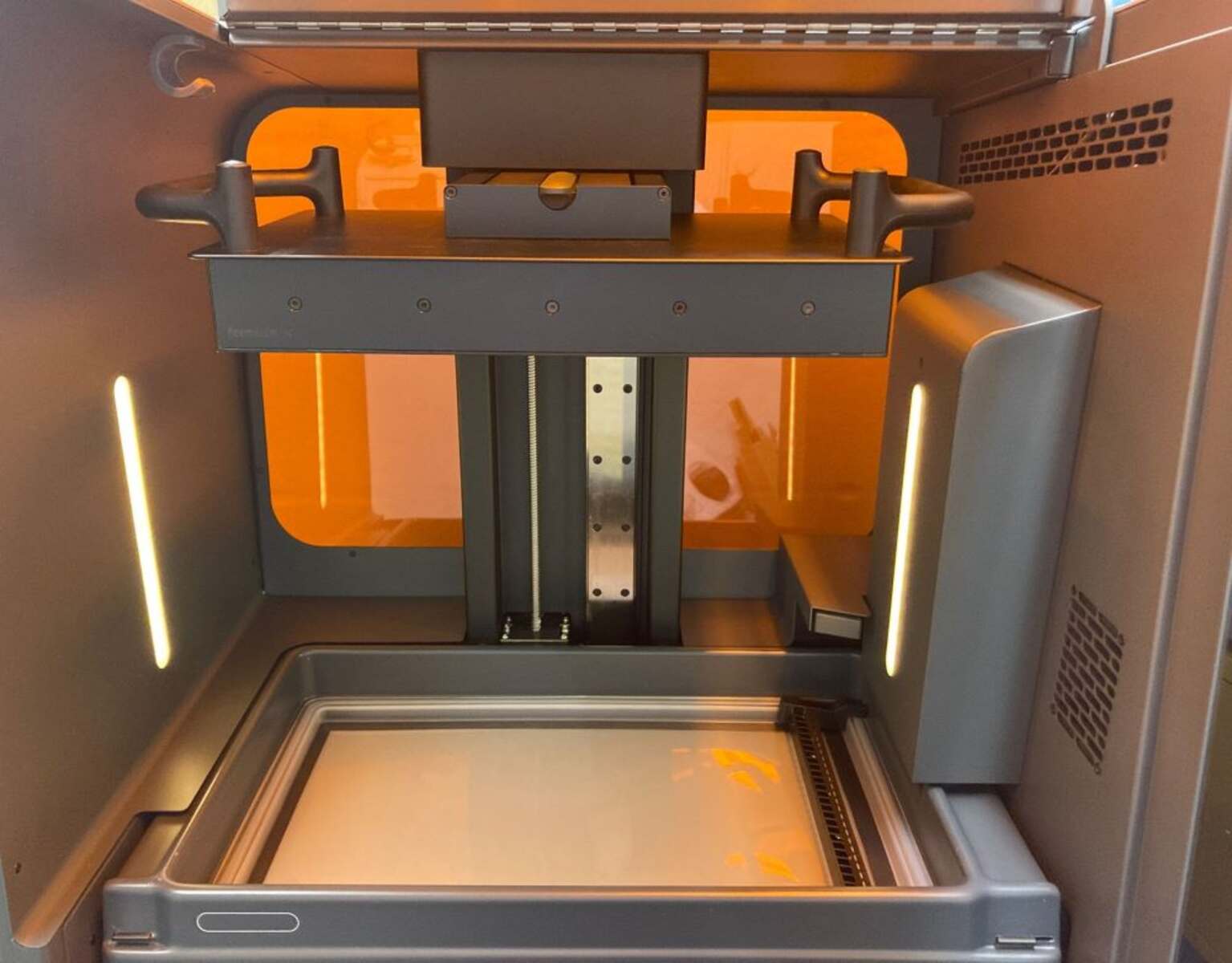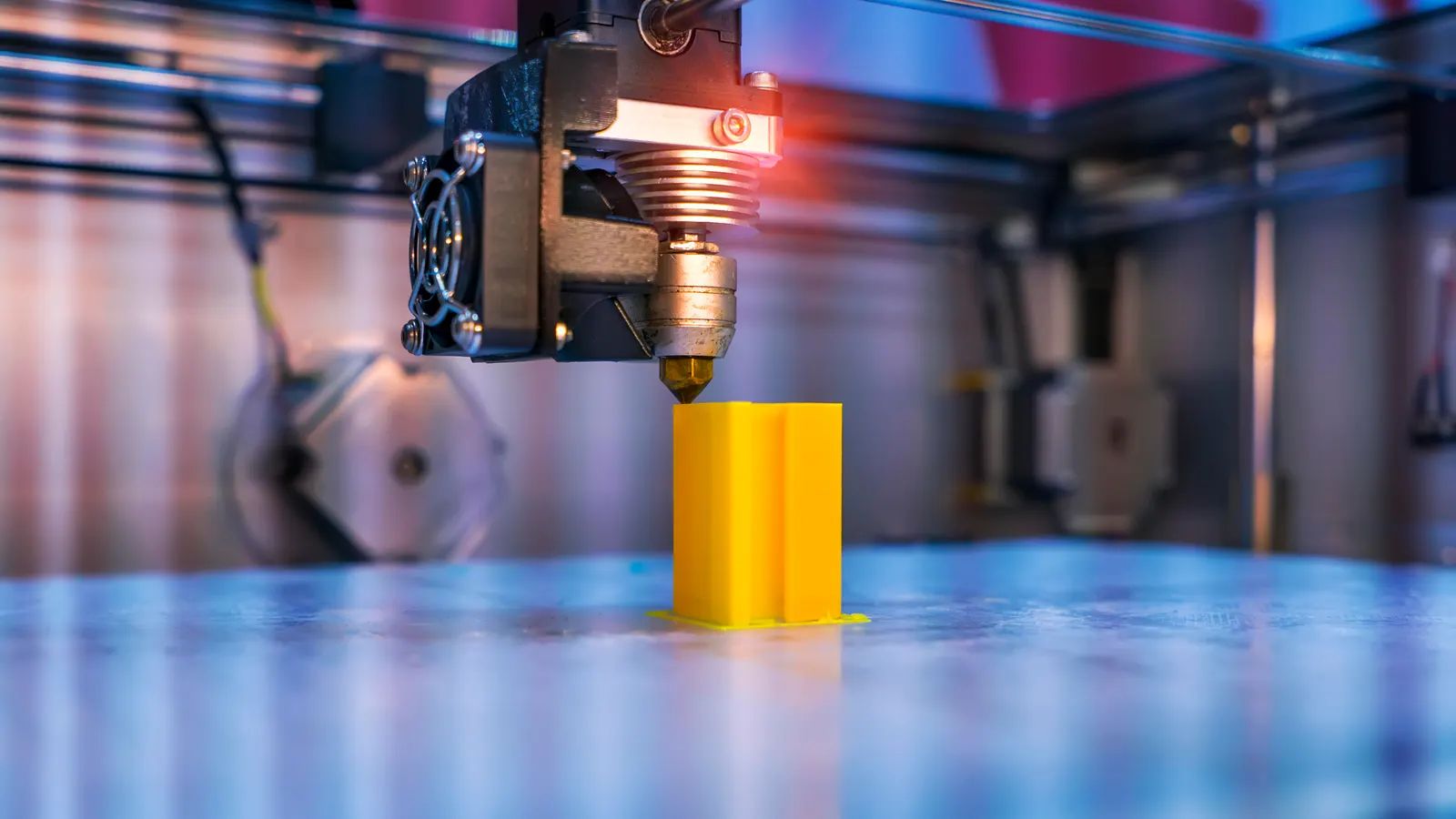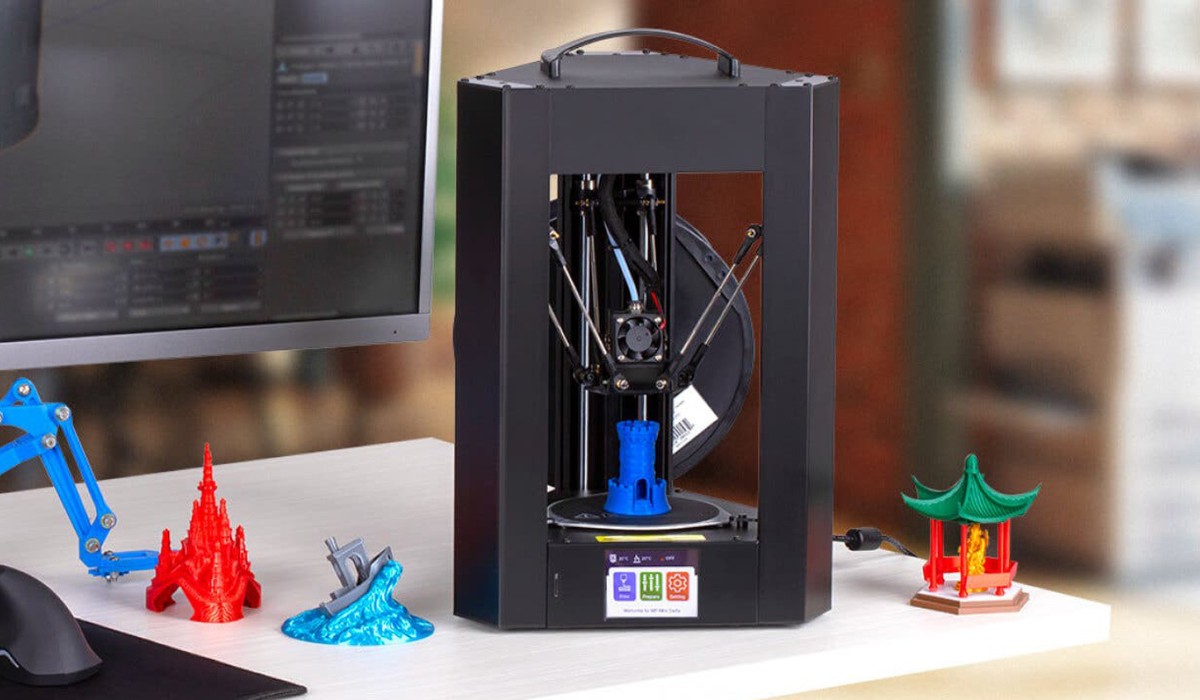What Does SLA Stand for in 3D Printing
SLA stands for Stereolithography Apparatus. It is a 3D printing technology that has revolutionized the manufacturing industry. SLA involves the use of a high-powered laser that selectively solidifies liquid resin layer by layer to create a three-dimensional object. This process has gained popularity due to its ability to produce intricate and highly detailed designs with remarkable precision.
SLA works by using a vat of liquid resin, which is exposed to a UV laser. The laser traces the shape of the object layer by layer, solidifying the resin as it goes. Each layer is carefully formed and adheres to the previous layer, resulting in a solid and accurate final product. The process is highly controlled, allowing for incredible intricacy and precision in the finished product.
The benefits of SLA in 3D printing are numerous. Firstly, the level of detail and precision achievable with SLA is unmatched by other 3D printing technologies. SLA can produce objects with complex geometries and intricate patterns that would be challenging or impossible to create using traditional manufacturing methods.
Furthermore, SLA offers a wide range of material choices, including various types of resins with different properties. This versatility allows for the production of objects with specific characteristics such as flexibility, durability, or temperature resistance. Industries such as healthcare, automotive, and aerospace can benefit greatly from this flexibility.
SLA has found applications across various industries. In the healthcare industry, SLA is used to create detailed anatomical models, prosthetics, and medical devices. Architects and designers utilize SLA to create prototypes and highly intricate architectural models. The jewelry industry takes advantage of SLA to produce intricate and detailed pieces that were once only possible through traditional handcrafting methods.
Compared to other 3D printing technologies, such as FDM (Fused Deposition Modeling) or SLS (Selective Laser Sintering), SLA offers unique advantages. SLA produces higher resolution prints that are smoother and exhibit finer details. It also has greater accuracy, making it ideal for applications that require precision and intricacy. However, it is worth noting that SLA may have limitations in terms of size and production speed.
In summary, SLA is a cutting-edge 3D printing technology that utilizes a high-powered laser to solidify liquid resin layer by layer, resulting in the creation of intricate and highly detailed objects. Its precision, versatility, and wide-ranging applications make it a preferred choice in industries such as healthcare, design, and jewelry. While it may have its limitations, SLA has undoubtedly revolutionized the manufacturing industry and opened up new possibilities for innovation and design.
Introduction
3D printing technology has transformed the way we manufacture and create objects. Among the various 3D printing methods available, SLA (Stereolithography Apparatus) stands out as a remarkable technology. SLA has revolutionized the manufacturing industry by enabling the production of highly detailed and intricate objects with incredible precision.
In this article, we will explore what SLA stands for in the context of 3D printing, how it works, and the benefits it offers. We will also discuss the applications of SLA across different industries and compare it with other popular 3D printing technologies.
SLA, Stereolithography Apparatus, is a technology that uses a high-powered laser to selectively solidify liquid resin, layer by layer, to create three-dimensional objects. It was first introduced in the 1980s and has since experienced significant advancements in terms of material choices, precision, and speed. SLA has gained popularity due to its ability to produce objects with exceptional detail and complexity, opening up new possibilities in design, engineering, and manufacturing.
The process of SLA begins with a vat of liquid resin, typically a photopolymer. The object’s design is first sliced into thin layers using specialized software, and each layer is then exposed to a UV laser that traces the shape of the object, solidifying the resin. As each layer solidifies, it adheres to the previous layer, gradually building up the object from the bottom up.
SLA offers several advantages over other 3D printing technologies. The level of detail and precision achievable with SLA is unmatched, making it ideal for creating intricate and complex objects. Additionally, SLA allows for a wide range of material choices, including resins with different properties such as flexibility, transparency, or heat resistance. This versatility opens up possibilities for various industries, from healthcare to automotive and architecture.
In the next sections, we will delve deeper into how SLA works, the specific benefits it offers, and the diverse applications it has found across industries. We will also compare SLA with other 3D printing technologies to better understand its unique strengths and limitations.
Join us on this journey to explore the world of SLA 3D printing and discover how this cutting-edge technology is reshaping the way we create and manufacture objects.
Definition of SLA
SLA, which stands for Stereolithography Apparatus, is a revolutionary 3D printing technology that utilizes a high-powered laser to create highly detailed and intricate objects. Invented in the 1980s, SLA has become one of the most popular methods of additive manufacturing due to its ability to produce complex designs with impeccable precision.
At its core, SLA involves the use of liquid photopolymer resin that solidifies when exposed to a UV laser. The process begins by preparing a 3D design using specialized software, which then slices the design into hundreds or even thousands of thin layers. These layers are typically around 0.05 to 0.15 millimeters thick, depending on the desired level of detail.
The liquid resin is poured into a vat, and a build platform is submerged into the resin. The UV laser is then directed onto the surface of the liquid resin, selectively solidifying the resin according to the sliced layers of the design. As each layer solidifies, the build platform moves slightly downwards, allowing for the formation of subsequent layers.
SLA technology provides exceptional control over the resin’s exposure to the laser, allowing for precise curing and the creation of intricate structures. The solidified resin attaches to the previous layer, ensuring a strong bond between layers and resulting in a robust three-dimensional object.
After the printing process is complete, the object is removed from the printer. However, the object is still coated in unexposed resin. To remove this excess resin and finalize the curing process, the object is typically washed in a solvent or undergoes a post-curing process using UV light, depending on the specific resin used.
SLA offers several advantages over other 3D printing technologies. Its high level of precision allows for the production of intricate details and complex geometries that are difficult to achieve with traditional manufacturing methods. SLA also provides a smooth surface finish, reducing the need for additional post-processing.
In summary, SLA is a 3D printing technology that utilizes a UV laser to selectively solidify liquid resin, layer by layer, to create highly detailed and precise objects. Its ability to produce intricate designs, combined with its smooth surface finish, makes SLA a preferred choice for industries such as healthcare, automotive, and design.
How SLA Works in 3D Printing
SLA, or Stereolithography Apparatus, is a fascinating 3D printing technology that operates on a layer-by-layer principle to create intricate and precise objects. Understanding the process behind SLA is key to appreciating its capabilities.
The SLA process begins with a 3D model that is designed using computer-aided design (CAD) software. The model is then sliced into numerous thin layers, typically ranging from 0.05 to 0.15 millimeters in thickness. These layers serve as a blueprint for the printing process, allowing the SLA printer to create the object accurately.
Once the design is finalized, the SLA printer prepares for printing by filling a vat with liquid resin. This resin is typically a photopolymer, a material that solidifies when exposed to a specific wavelength of light, typically in the ultraviolet (UV) spectrum.
The build platform, where the object will be printed, is submerged in the vat of liquid resin. A high-powered UV laser system is then activated, and it begins to trace the first layer of the object onto the surface of the resin.
As the UV laser moves across the resin, it selectively solidifies the material according to the pattern of the current layer. This process, known as curing, hardens the resin, creating a solid cross-section of the object. The build platform then moves slightly downwards to make room for the next layer.
Layer by layer, the laser traces the shape of each cross-section, solidifying the resin and bonding it to the previous layer. This process continues until the entire object is complete. The precision and accuracy of the laser’s movements ensure that each layer aligns perfectly with the previous one, resulting in a highly detailed and accurate final product.
Once the printing process is finished, the object is carefully removed from the printer. However, it is still coated in uncured resin. To finalize the curing process and remove any excess resin, the object undergoes post-processing. This typically involves a rinse in a solvent, such as isopropyl alcohol, to remove the uncured resin. Depending on the specific resin used, the object may also undergo an additional post-curing step, where it is exposed to UV light to ensure complete solidification.
The final result is a solid and intricate three-dimensional object that accurately represents the original design. SLA technology has revolutionized the manufacturing industry by providing a method for creating highly detailed and precise objects with ease.
In summary, SLA works by selectively solidifying liquid resin layer by layer using a high-powered UV laser. The precise movements of the laser and the curing process ensure the creation of intricate and accurate objects. SLA’s ability to produce complex geometries with exceptional detail has made it a preferred choice for various industries.
Benefits of SLA in 3D Printing
SLA, or Stereolithography Apparatus, offers numerous benefits that have contributed to its popularity in the 3D printing industry. From incredible precision to versatile material options, SLA has revolutionized the way objects are manufactured. Let’s explore the key advantages of SLA in 3D printing.
- Precision and Detail: SLA is renowned for its ability to produce objects with exceptional precision and intricate details. Thanks to the high-resolution laser system and the capability of curing each layer with pinpoint accuracy, SLA can achieve intricate geometries and fine features that other 3D printing technologies struggle to replicate.
- Versatility in Material Choices: SLA offers a wide range of material options, including various types of resins. These resins can have different properties such as flexibility, transparency, heat resistance, or biocompatibility. This versatility allows for the production of objects with specific characteristics tailored to the intended application.
- Smooth Surface Finish: SLA prints generally have a smooth surface finish, reducing the need for extensive post-processing. This makes SLA ideal for creating objects that require a polished appearance or have aesthetic requirements.
- Complex Geometries: SLA can produce objects with complex geometries and intricate structures that would be challenging to create using traditional manufacturing methods. The layer-by-layer approach allows for the creation of intricate internal features, hollow structures, and even interlocking parts.
- Time and Cost Efficiency: SLA offers relatively fast printing speeds compared to some other 3D printing technologies. Additionally, SLA allows for the simultaneous printing of multiple objects, optimizing production time and reducing overall costs.
- Prototype and Iteration: SLA is widely used in rapid prototyping due to its ability to quickly produce highly accurate models. Its precision and speed allow for iterative design processes, enabling designers to test and refine their concepts efficiently.
Given these compelling advantages, SLA finds applications in various industries. In healthcare, it is used to produce anatomical models, surgical guides, and customized prosthetics. In automotive and aerospace, SLA can be utilized for prototyping and creating intricate and lightweight components. The jewelry industry benefits from SLA’s ability to create intricate and finely detailed pieces.
With its precision, versatility, and wide-ranging applications, SLA has transformed the manufacturing landscape. Whether it’s for quick prototyping, creating end-use parts, or producing aesthetically appealing designs, SLA continues to push the boundaries of what is possible in 3D printing.
Applications of SLA in Various Industries
SLA, or Stereolithography Apparatus, has found widespread applications across numerous industries due to its ability to produce highly detailed and precise objects. Let’s explore some of the key industries and how they benefit from SLA technology.
- Healthcare: SLA plays a vital role in the healthcare industry by enabling the creation of anatomical models for surgical planning, accurate replicas of organs for medical training, and the production of customized prosthetics.
- Automotive and Aerospace: In the automotive and aerospace sectors, SLA is utilized for rapid prototyping of vehicle components and aircraft parts. The precision and intricacy of SLA allow for the creation of lightweight, complex geometries that can optimize performance.
- Product Design and Manufacturing: SLA is widely used in product design and manufacturing industries for creating prototypes, testing form and fit, and validating product concepts before production. It allows designers and engineers to quickly iterate and refine their designs.
- Architecture and Construction: Architects and construction professionals employ SLA to create intricate scaled models of buildings and structures. These models help visualize design concepts, showcase the architectural details, and communicate ideas effectively.
- Jewelry and Fashion: The jewelry industry benefits greatly from SLA’s ability to produce highly intricate and detailed designs. Jewelers can create complex patterns, delicate filigree work, and one-of-a-kind pieces that were once only possible through traditional handcrafting methods.
- Educational and Research Institutions: SLA has become a valuable tool in educational institutions and research labs. It aids in teaching students about 3D printing technologies, allows researchers to prototype their experimental designs, and enables the fabrication of scientific models for study and analysis.
- Dental and Orthodontics: SLA is extensively used in the dental industry to fabricate dental models, crowns, bridges, and aligners. It offers precise and accurate results, allowing for comfortable and customized dental solutions.
These are just a few examples of the wide-ranging applications of SLA technology. As industries continue to explore and unlock the potential of SLA, it is expected that more innovative and impactful applications will emerge.
SLA’s ability to produce objects with intricate details, complex geometries, and exceptional precision has revolutionized manufacturing processes across various sectors. Its versatility and wide-ranging applications make it a preferred choice for industries seeking high-quality, customized, and efficient manufacturing solutions.
Comparison of SLA with Other 3D Printing Technologies
While SLA, or Stereolithography Apparatus, is a powerful 3D printing technology, it is essential to understand how it compares to other popular 3D printing methods. Let’s explore the advantages and limitations of SLA in comparison to other techniques.
Fused Deposition Modeling (FDM):
FDM is a widely used 3D printing technology that works by extruding melted thermoplastic filament layer by layer. Compared to SLA, FDM is generally more affordable and offers a broader range of material choices. It is also suitable for producing larger parts due to its larger build volume. However, FDM may have limitations in terms of dimensional accuracy and surface finish, making it less suitable for applications that require high precision and intricate details.
Selective Laser Sintering (SLS):
SLS is another popular 3D printing technique that uses a high-powered laser to selectively fuse powdered material, typically nylon or polyamide. Compared to SLA, SLS can produce parts with excellent mechanical properties and is suitable for creating objects with complex geometries. SLS does not require support structures during printing, allowing for more design freedom. However, SLS has less precision and can exhibit rougher surface finishes compared to SLA.
PolyJet Printing:
PolyJet is a 3D printing process that uses jetting technology to deposit photopolymer droplets onto a build platform, which are then cured with UV light. PolyJet offers the advantage of producing multi-material and multi-color prints in a single process. It can also achieve high levels of detail and smooth surface finishes similar to SLA. However, PolyJet may have limitations in terms of build volume and material options compared to SLA.
Digital Light Processing (DLP):
DLP is a 3D printing technology similar to SLA in that it uses UV light to selectively cure liquid photopolymer resin layer by layer. DLP can achieve faster print speeds compared to SLA because it cures an entire layer at once using a micromirror array. However, DLP may have slightly lower resolution and surface quality compared to SLA due to the pixelation effect caused by the micromirrors. DLP is often considered a cost-effective alternative to SLA, especially for large-scale printing.
Ultimately, the choice between SLA and other 3D printing technologies depends on the specific requirements of the project. SLA excels in terms of precision, detail, and surface finish, making it ideal for applications that demand high-quality and intricate parts. However, other technologies may be more cost-effective or suitable for larger-scale printing or specific material properties.
Understanding the different strengths and limitations of each 3D printing technology allows manufacturers and designers to select the most appropriate method for their specific applications, striking a balance between cost, speed, precision, and material requirements.
Conclusion
SLA, or Stereolithography Apparatus, has emerged as a game-changing 3D printing technology that offers remarkable precision, intricate detailing, and a wide range of applications. Its layer-by-layer approach to solidifying liquid resin using a high-powered laser has revolutionized manufacturing processes across various industries.
SLA’s ability to produce highly detailed and complex objects with exceptional accuracy has made it an indispensable tool in industries like healthcare, automotive, aerospace, product design, and more. From creating anatomical models for surgical planning to rapid prototyping of vehicle components, SLA has enabled faster development cycles, improved product iterations, and enhanced customization.
The benefits of SLA include its versatility in material choices, allowing for the production of objects with specific characteristics, such as flexibility or transparency. The precise curing process of SLA creates smooth surface finishes, reducing the need for extensive post-processing. Additionally, SLA’s ability to fabricate objects with intricate geometries has expanded design possibilities and enabled the production of complex internal structures.
While SLA excels in precision and surface quality, it is important to consider the specific requirements of each project. Other 3D printing technologies, such as Fused Deposition Modeling (FDM), Selective Laser Sintering (SLS), PolyJet, or Digital Light Processing (DLP), may offer advantages in terms of cost, build volume, or material options.
As 3D printing technology continues to evolve, SLA remains at the forefront, driving innovation and pushing the boundaries of what can be achieved. Its impact can be seen in various industries, improving efficiency, enabling faster prototyping, enhancing customization, and unlocking new design possibilities.
By understanding the capabilities, strengths, and limitations of SLA and other 3D printing technologies, manufacturers and designers can make informed decisions regarding which method best suits their specific project requirements.
Embracing SLA in the manufacturing process opens up exciting possibilities for creating intricate and customized objects, driving advancements in various industries and shaping the future of manufacturing.







